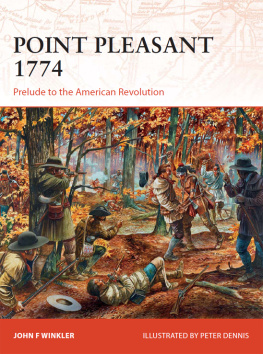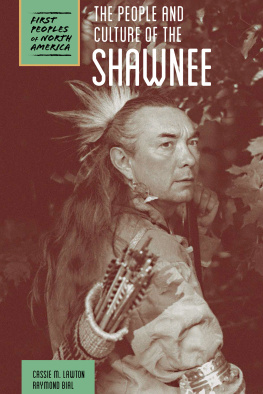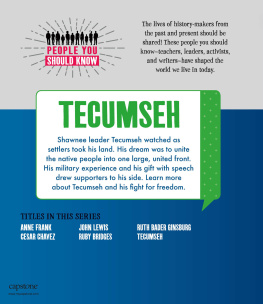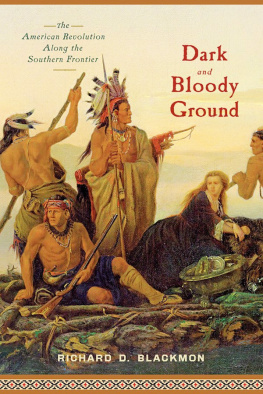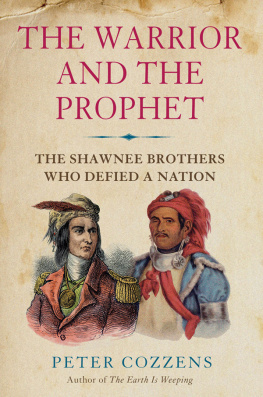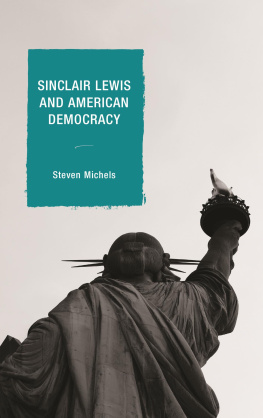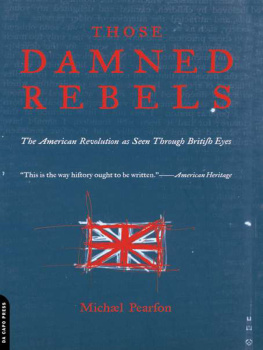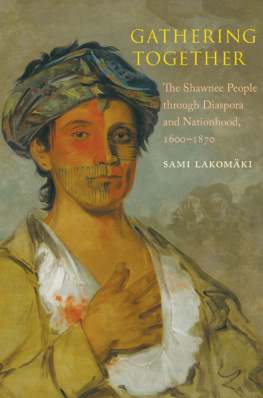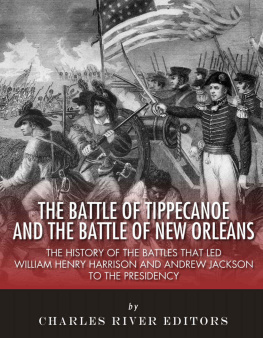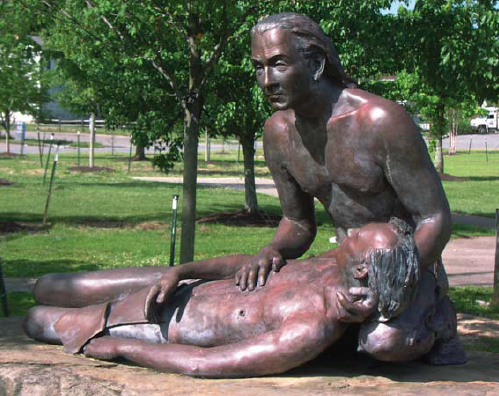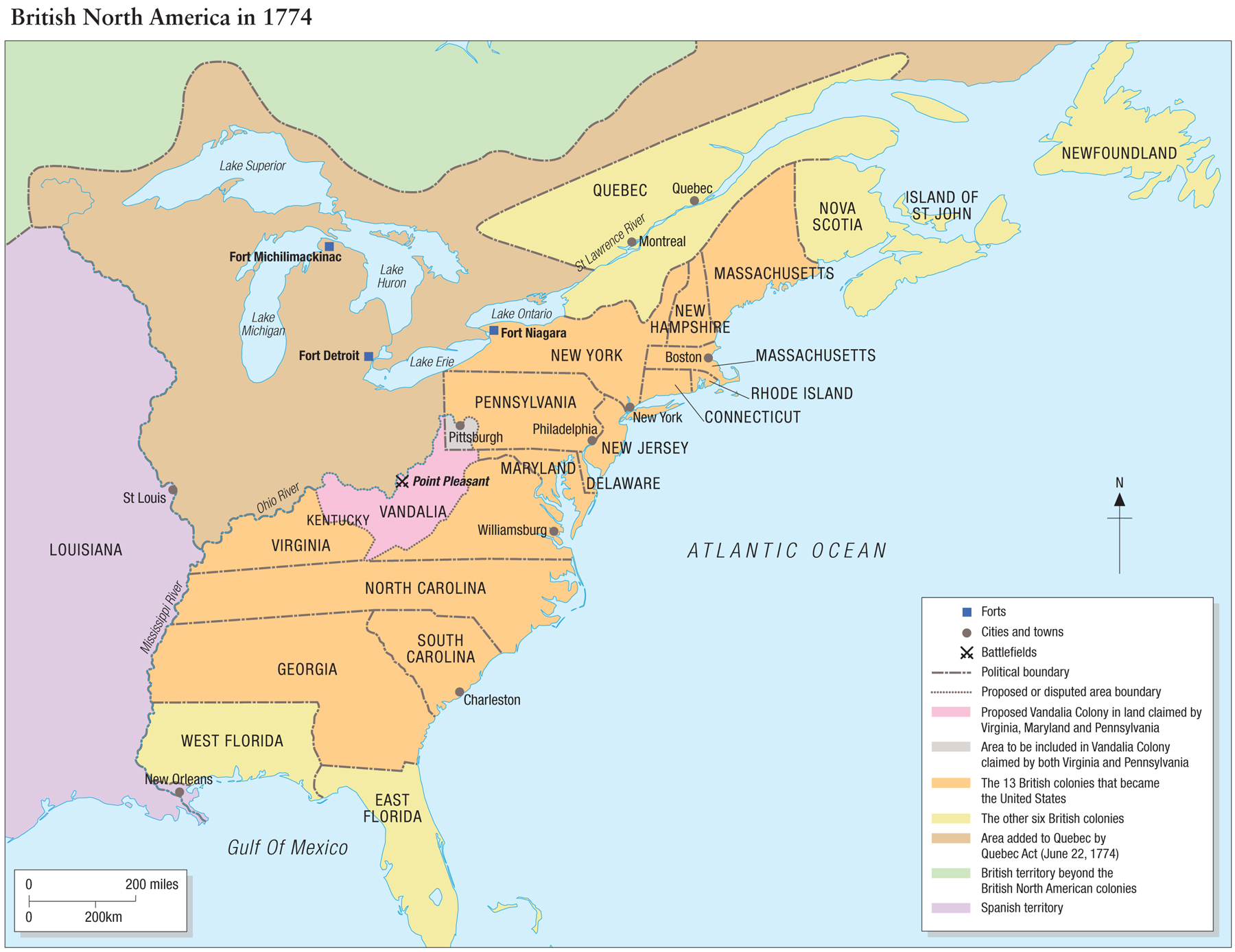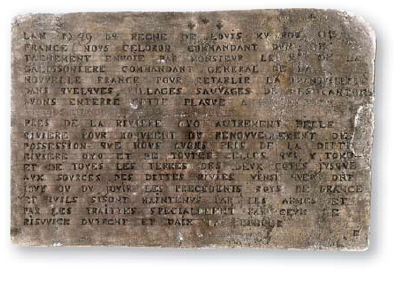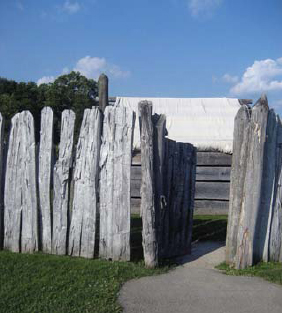CAMPAIGN 273
POINT PLEASANT 1774
Prelude to the American Revolution
| JOHN F WINKLER | ILLUSTRATED BY PETER DENNIS |
Series editor Marcus Cowper
CONTENTS
INTRODUCTION
In 1774, the people in 13 of Britains North American colonies were on the brink of rebellion. War then erupted west of the Appalachians between Britains greatest colony, Virginia, and the Mingo and Shawnee Indians of what is now Ohio. As George Washington and other Virginia delegates traveled to Philadelphia to attend the first Continental Congress, John Murray, 4th Earl of Dunmore, the last royal governor of the colony, led more than 2,400 other Virginians against the Indians.
In what would be remembered as Lord Dunmores War, two Virginia militia armies invaded Ohio. Dunmore led one and his American subordinate, Col. Andrew Lewis, the other. Many of the officers and men in the armies would become famous figures of the Revolutionary War and frontier history.
On October 10, 1774, about 700 Indians attacked Lewiss 1,100-man army. The victory of the Virginians at the battle of Point Pleasant, which opened Kentucky to American settlement, allowed the independent United States to include what are now the states of West Virginia, Kentucky, Ohio, Indiana, Illinois, Michigan, and Wisconsin within its boundaries after the Revolutionary War.
THE STRATEGIC SITUATION
In 1774, Britain was the worlds pre-eminent power. The population of Britain, about 10 million, included a million Scots, one-third of a million Welsh, and 7 million English, whose numerical and cultural predominance was so great that Britain was often known as England. In British Ireland, there were about 1.5 million native, Catholic Irish and a half-million Protestant immigrants. Across the Atlantic, Britain had 19 North American colonies. Although six had few inhabitants, the 13 that stretched down the Atlantic coast from Massachusetts to Georgia had a population of about 2.6 million.
In 1749, a French expedition left lead plates at six points along the Allegheny and Ohio rivers to claim the land drained by the rivers and their tributaries for France. This plate was left on August 20, 1749, at the mouth of the Kanawha River. (Virginia Historical Society)
Britains supremacy followed its victory over France in the French and Indian War. That conflict, known in Europe as the Seven Years War, arose from rival French and British attempts to control the Ohio Country, the area that is now western Pennsylvania, West Virginia, Ohio, Indiana, and Kentucky. The French first tried to stop the activities of men like the British trader George Croghan. On June 1, 1752, Ojibwe and Ottawa Indians, allied with the French, destroyed the most important center of British trade in the Ohio Country, Pickawillany, a Miami Indian village on the Miami River.
From 1745 to 1752, George Croghan was the leading British trader in the Ohio Country. In 1749, he probably built this stone structure as part of a trading post near present Isleta, Ohio. (Authors photograph)
The French then began building forts to guard the area, including Fort Duquesne at present-day Pittsburgh. In 1754, George Washington led a colonial militia force to stop the construction. Attacked on July 3, 1754 by a larger French and Indian army, Washingtons 400 militiamen were forced to surrender to the French at a small British fortress, Fort Necessity.
Washingtons army at Fort Necessity included militia companies led by Andrew Lewis and Adam Stephen. This reproduction of the crude fort is at Fort Necessity National Battlefield, near Farmington, Pa. (Authors collection)
In the war that followed, the Indians of the Ohio Country fought as French allies. Their prowess in combat in the western woods then defied British efforts to defeat them. They destroyed British armies at Monongahela on July 9, 1755 and Grants Defeat on September 14, 1758. An advance by Gen. John Forbes in 1758 forced the French to evacuate Fort Duquesne. The British were otherwise unable to invade the area.
British victory at the battle of the Plains of Abraham on September 13, 1759, however, denied use of the St Lawrence River to the French. Unable to supply their western outposts, they surrendered their Ohio Country forts to Britain in 1760. In 1763, they acknowledged loss of all of Frances North American territory.
In the Royal Proclamation of 1763, the British government announced that, until further notice, the Ohio Country would be left to the Indians, traders, and the garrisons of the British forts. Any further colonial settlement there was banned. But the Ohio Indians, led by the Ottawa chief Pontiac, nonetheless decided to renew the war that France had lost. On May 16, 1763, they captured by deceit British Fort Sandusky in northern Ohio, and on July 31 defeated a British force at Bloody Run. They were unable, however, to take the main British strongholds in the west, Fort Detroit and Fort Pitt, which the British had built at the site of Fort Duquesne. They also failed to destroy a force sent to relieve Fort Pitt. On August 56, 1763, about 200 Indians attacked 500 men led by Col. Henry Bouquet at Bushy Run. There the brilliant Bouquet saved his army from annihilation by devising a feigned retreat and bayonet charge by concealed soldiers.
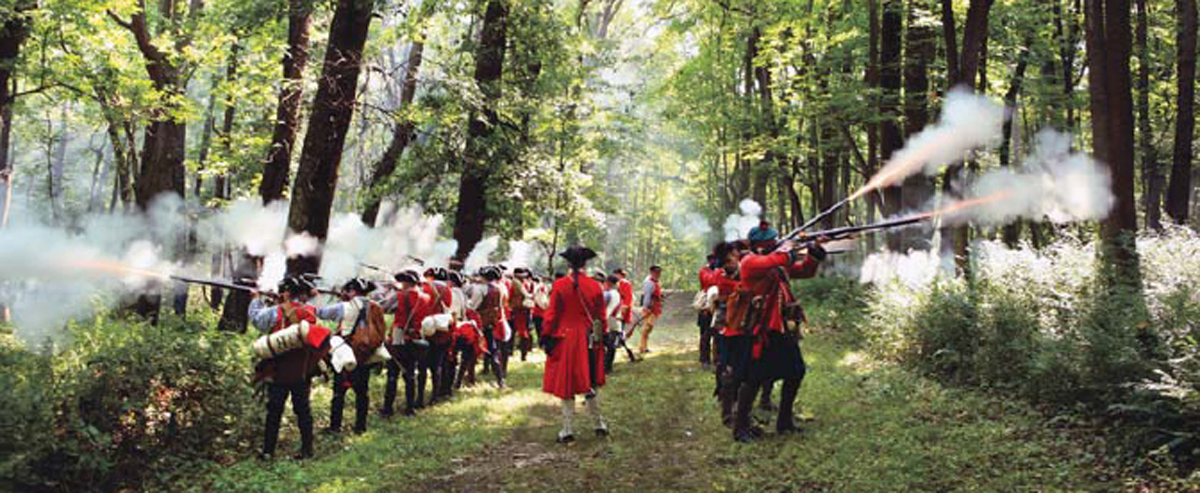
These re-enactors are at the site of Bouquets victory, now Bushy Run Battlefield, near Harrison City, Pa. (Photography by Amanda Wilson)
In 1764, when Bouquet and Maj. Gen. John Bradstreet invaded Ohio with much larger armies, the Indians ended Pontiacs War without further battle. The interest of the British government in the Ohio Country then waned. Except for Forts Michilimackinac, Detroit, and Niagara, the British began abandoning their strongholds west of the Appalachians.
Sir William Johnson, the adopted Mohawk who served as British Superintendent of Indian Affairs for the northern colonies, then labored to avoid any further Indian wars. In Pittsburgh, a village that had arisen at the site of Fort Pitt, Croghan served as Johnsons deputy. There he oversaw relations with the Ohio Indians with his assistant, the Shawnee Alexander McKee.
Because of wars between the Indians, that part of the Ohio Country south of the Ohio River was uninhabited. There, in present-day West Virginia and Kentucky, only hunters and war parties roamed. The Iroquois of New York, a confederacy of the Mohawk, Oneida, Onondaga, Cayuga, and Seneca tribes, claimed dominion over the area. So did their enemies the Cherokee of Tennessee and Georgia. In 1768, a British attempt to obtain the land for settlement succeeded. The Iroquois sold their claim in the Treaty of Fort Stanwix, and the Cherokee in the Treaty of Lochaber.

